Robots: Learning companions for our children
When you were a child, did you ever dream of having an imaginary buddy to help you with your schoolwork? What has long been the stuff of science fiction may soon become a reality. With the progress that has been made in the fields of artificial intelligence (AI) and machine learning, the idea that every child could have a personal robot tutor is no longer so outlandish, and some schools and countries have already introduced robots into the classroom. What role can AI play in education, and what promises and challenges does it entail?
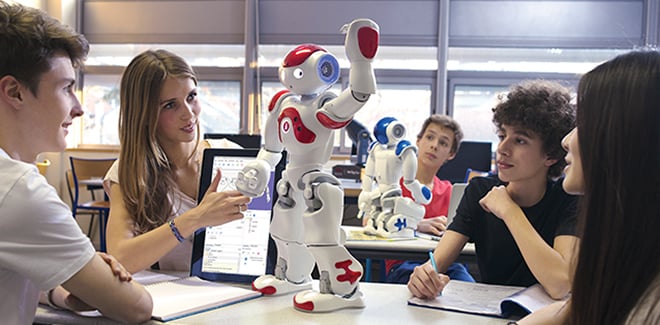
- 0 Comments
- Jul 23, 2019 8:04:28 AM
- Posted by Maria Alejandra Calcetero
- Topics: EdTech, STEM, Technology, STEMchat
5 Ways to Help Students Work Through Math Anxiety
Math anxiety can range from general discomfort and mental disorganization to feelings of panic and physical nervousness. For many students, math anxiety turns into a cycle of failure because the more worried they become, the less they learn. There are several techniques and activities, however, that you can use to help your students overcome math anxiety.
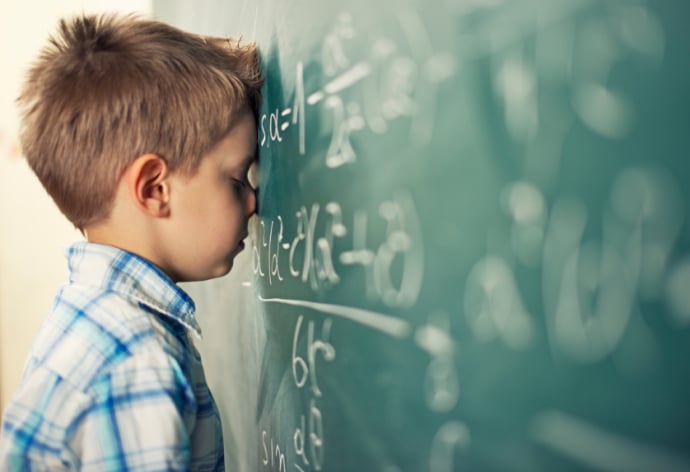
- 0 Comments
- Jul 22, 2019 11:16:52 AM
- Posted by Maria Alejandra Calcetero
- Topics: EdTech, STEM, Technology, STEMchat
Why Teachers Should Embrace Technology In Their Classrooms
Teachers have a lot on their plate when it comes to measuring achievement. Student success is determined by assessments, graded materials and even technological savvy. The consensus seems to be that to give K-12 students a fighting chance in the real world, teachers and administrators must stay on top of any and all technology trends. While it’s impossible to use every piece of technology to the students’ advantage, there are some legitimate reasons (aside from the cool factor) that teachers should embrace technology in their classrooms.
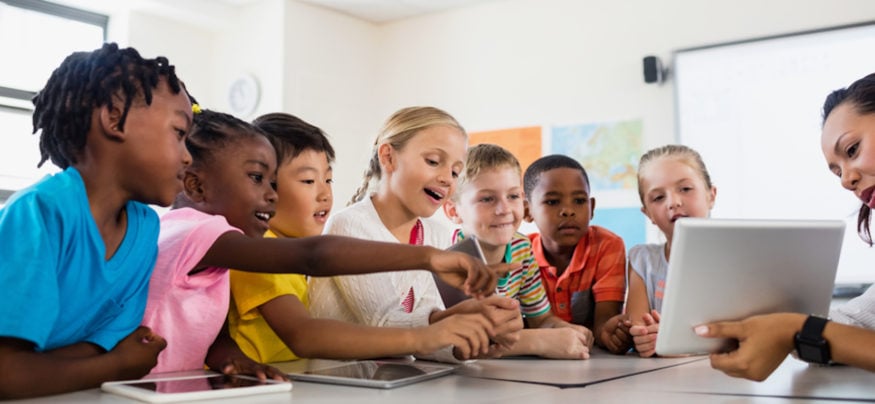
- 0 Comments
- Jul 19, 2019 12:46:46 PM
- Posted by Maria Alejandra Calcetero
- Topics: EdTech, STEM, Technology, STEMchat
How Early Should Kids Begin STEM Education?
Current research results are in favor of early childhood experiences for students, especially those who are disadvantaged. This education is the great equalizer because it provides a rich, common foundation for children who may have diverse backgrounds and experiences.
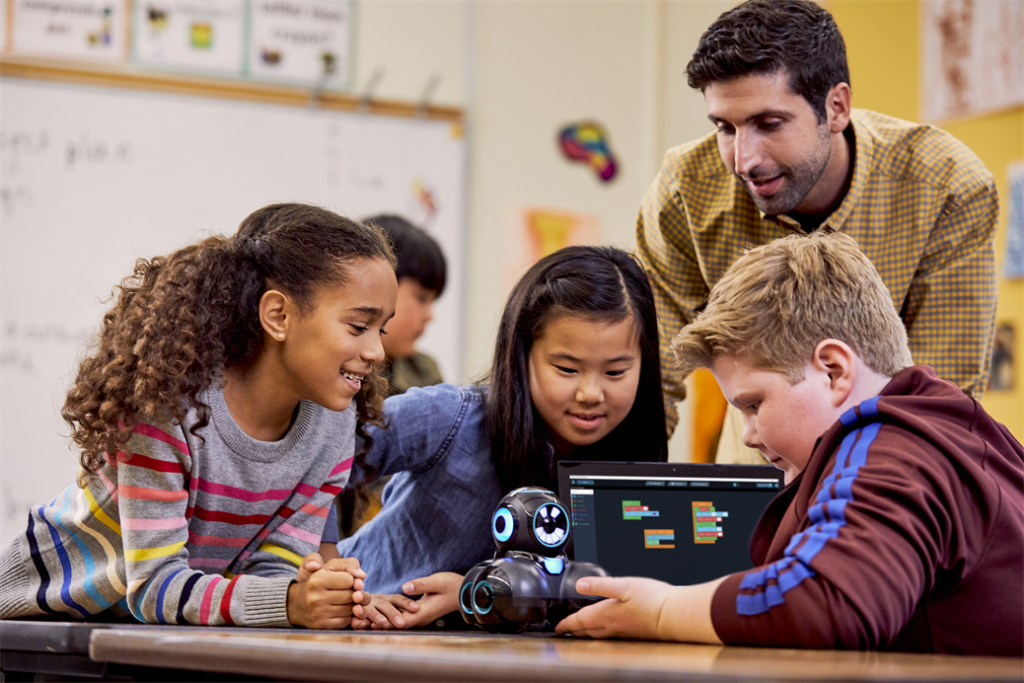
So what does that mean?
Students are capable of learning far more than you think they can. Most teachers will tell you that children will rise up to the standard you set, so you may as well elevate the bar for learning.
And that brings us to STEM education in early childhood. That’s right – early childhood is the perfect time to begin science, technology, engineering, and mathematics instruction.
- 0 Comments
- Jul 18, 2019 10:34:56 AM
- Posted by Maria Alejandra Calcetero
- Topics: EdTech, STEM, STEMLAB, STEMchat
6 Ways 3D Printing Helps Students Develop Critical Thinking Skills
To thrive in the 21st century our students need to be able to collaborate effectively with others, identify and develop innovative solutions to problems and challenges, and know how to think creatively and critically.
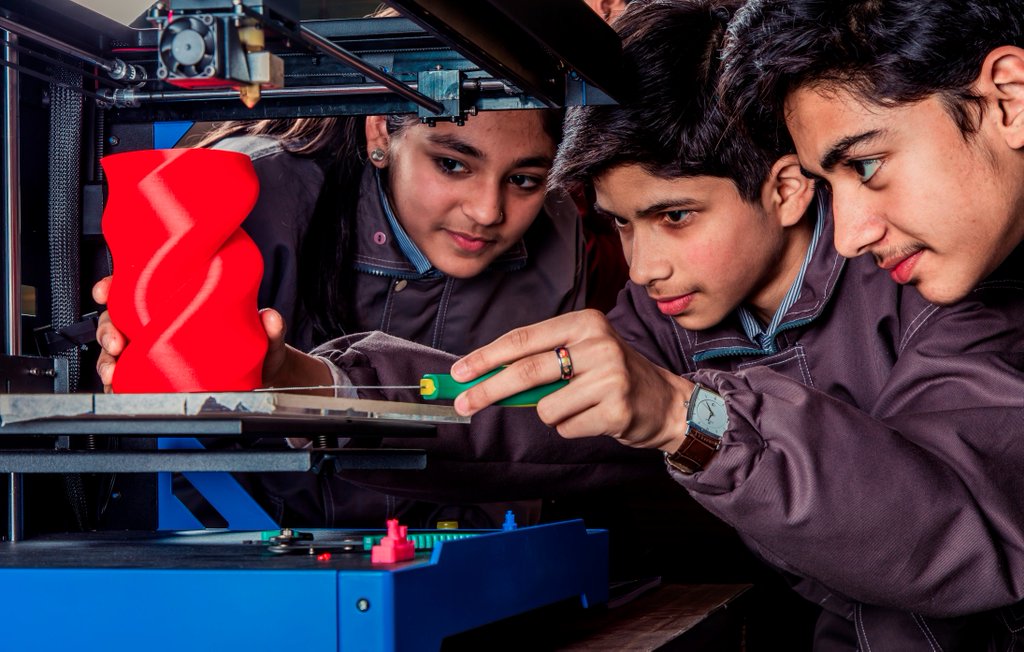
So, what is critical thinking? Critical thinking is the ability to think clearly and logically and to apply reasoning processes to ideas and situations. Critical thinkers ask questions and challenge information they are presented with. They seek to understand information from a range of perspectives, rather than jumping to conclusions and taking everything at face value.
Here we will look at ways that 3D design and printing can help our students develop these skills.
- 0 Comments
- Jul 10, 2019 11:03:59 AM
- Posted by Maria Alejandra Calcetero
- Topics: EdTech, STEM, Technology, STEMchat, 3D-Printer
What makes a STEM teacher?
Developing identities of STEM teachers at emerging STEM schools
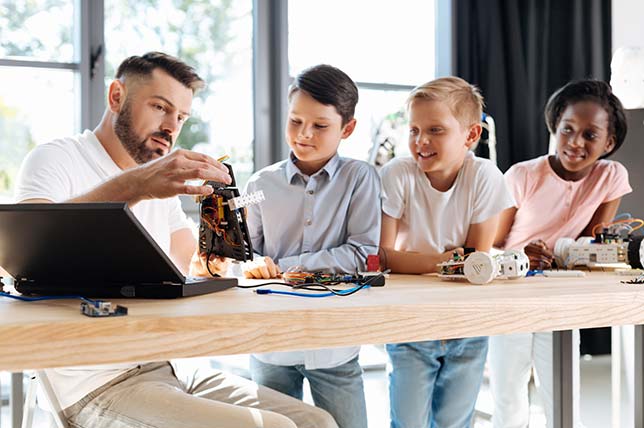
What kind of picture of a STEM teacher do you have? El Nagdi and colleagues attempted to answer this question by conducting a study with participants of emerging STEM schools in the US, published in the International Journal of STEM Education. Since STEM schools are a recent initiative, a STEM teacher is a learning, developing and multi-disciplinary-oriented not yet defined kind of person.
- 1 Comments
- Jul 9, 2019 12:56:46 PM
- Posted by Maria Alejandra Calcetero
- Topics: Robotics, EdTech, STEM, Coding, programming, Technology, STEMchat
Why Children Have To Learn The Importance Of Robotics And Coding
Robotics and coding are just some of the many ideas that are reserved for the technically-inclined adults. But is it possible to teach these concepts to our kids these days? Are their innocent minds able to handle the complexities of computer science?
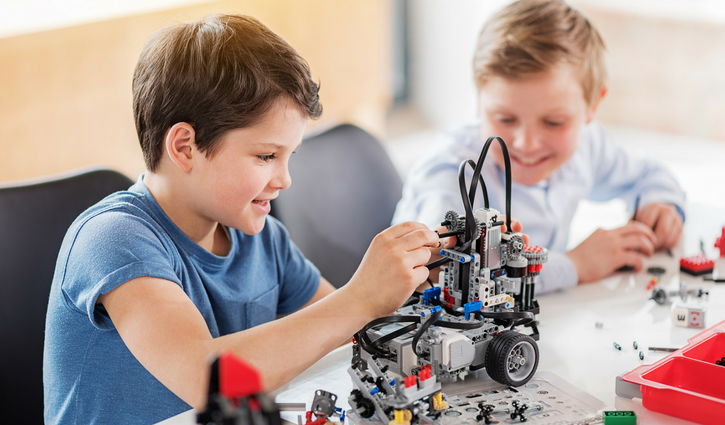
Read further as we are going to discuss some reasons why children have to learn the importance of robotics and coding.
- 0 Comments
- Jul 8, 2019 11:30:44 AM
- Posted by Maria Alejandra Calcetero
- Topics: Robotics, EdTech, STEM, Coding, programming, Technology, STEMchat
8 Ways for Old School Teachers to Embrace Technology
Technology only became the in-thing in the classroom environment recently. Previously it was used to enhance learning systems and lesson plans, but the actual learning was based on books. Teachers who entered the profession in recent years have had a hard time embracing technology mostly because many of them lack training in new technologies and are not sure how technology may affect their lesson delivery. Here are eight ways old school teachers can embrace technology.
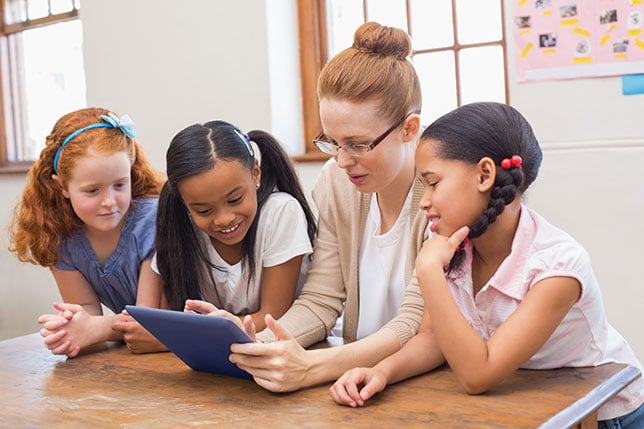
- 0 Comments
- Jul 5, 2019 12:50:11 PM
- Posted by Maria Alejandra Calcetero
- Topics: EdTech, STEM, Technology, STEMchat
Getting students excited about STEM
Many school districts struggle with how to expand students’ interest, excitement, and achievement in STEM. Without the right approach, however, the result is often random acts of STEM that do little to show students how fascinating or relevant these subjects really are.
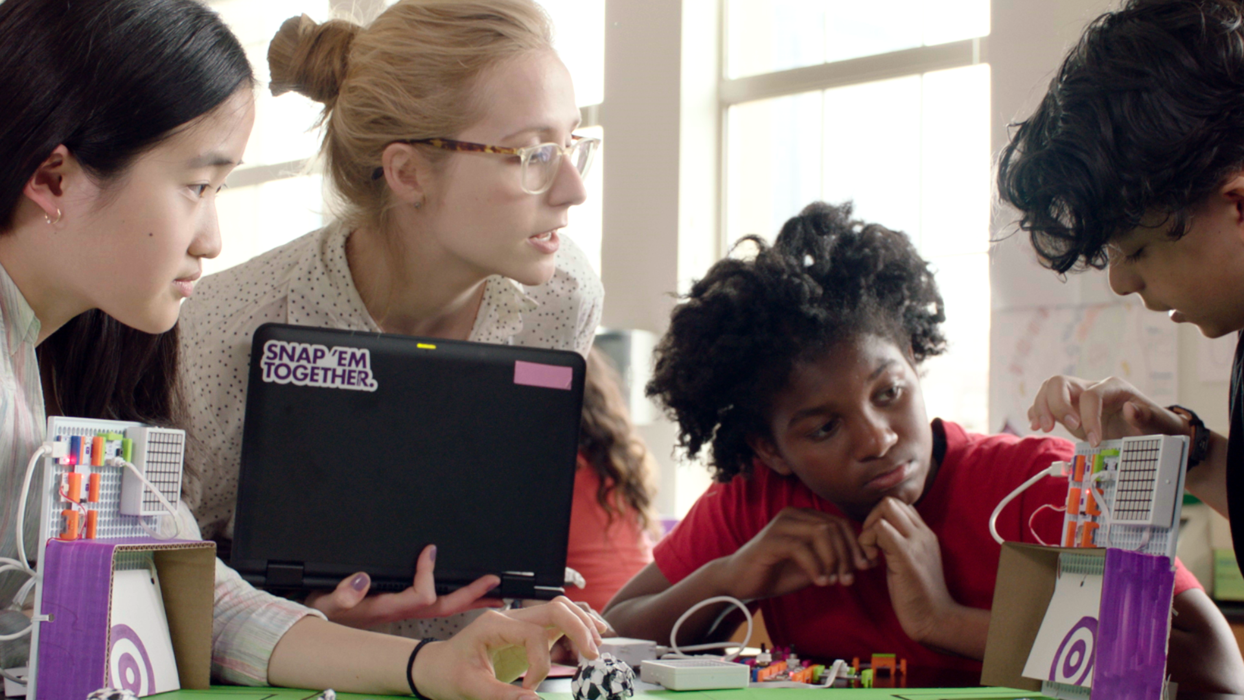
Unlike the science and math classes of yesteryear, STEM is not about reading from textbooks or memorizing facts and formulas. STEM is about doing. It’s about helping students to develop a deep understanding of science, technology, engineering and mathematics, and giving them ample opportunities to apply that learning. Creativity, communication, and innovation are essential pillars of this journey.
Here are a few of the strategies we’ve implemented to give students hands-on, inquiry-based STEM learning experiences that are preparing them for college and careers.
- 0 Comments
- Jul 3, 2019 11:11:10 AM
- Posted by Maria Alejandra Calcetero
- Topics: EdTech, STEM, Curriculum, STEMchat
4 Things All Project-Based Learning Teachers Should Do
Gone are the days when students were expected to sit passively at desks while teachers lectured endlessly, expecting children to soak up the information being thrown at them.
In today’s educational environment, students are expected to collaborate, think critically, and work together to develop innovative projects and answers to complex questions. To support this mission, many schools have begun to take part in a practice known as Project-Based Learning (PBL).
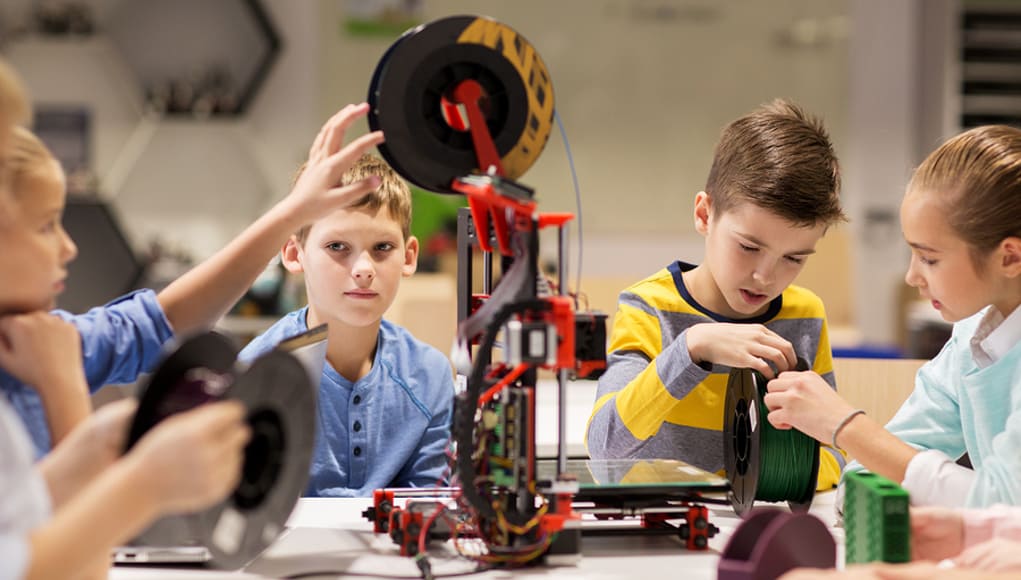
PBL allows teachers to expose students to a wide variety of 21st Century skills, and allows students to interact with curriculum in a way that is engaging, authentic, and fun!
Making a shift from traditional forms of learning to PBL can be challenging. PBL can require a lot of prep work on the part of the teacher. But the gains in student engagement and achievement are immeasurable. Here are four steps to help you create a Project Based-Learning classroom.
- 1 Comments
- Jul 2, 2019 11:46:32 AM
- Posted by Maria Alejandra Calcetero
- Topics: EdTech, STEM, Curriculum, STEMchat, PBL
Relevant Posts
Popular Posts
Subscribe to Email Updates
-
I Want To Learn MoreADDITIONAL INFORMATION


